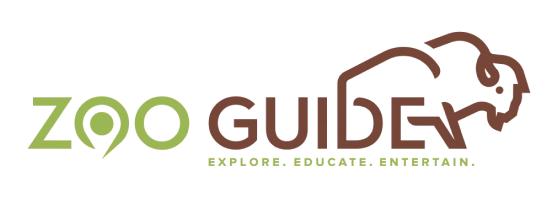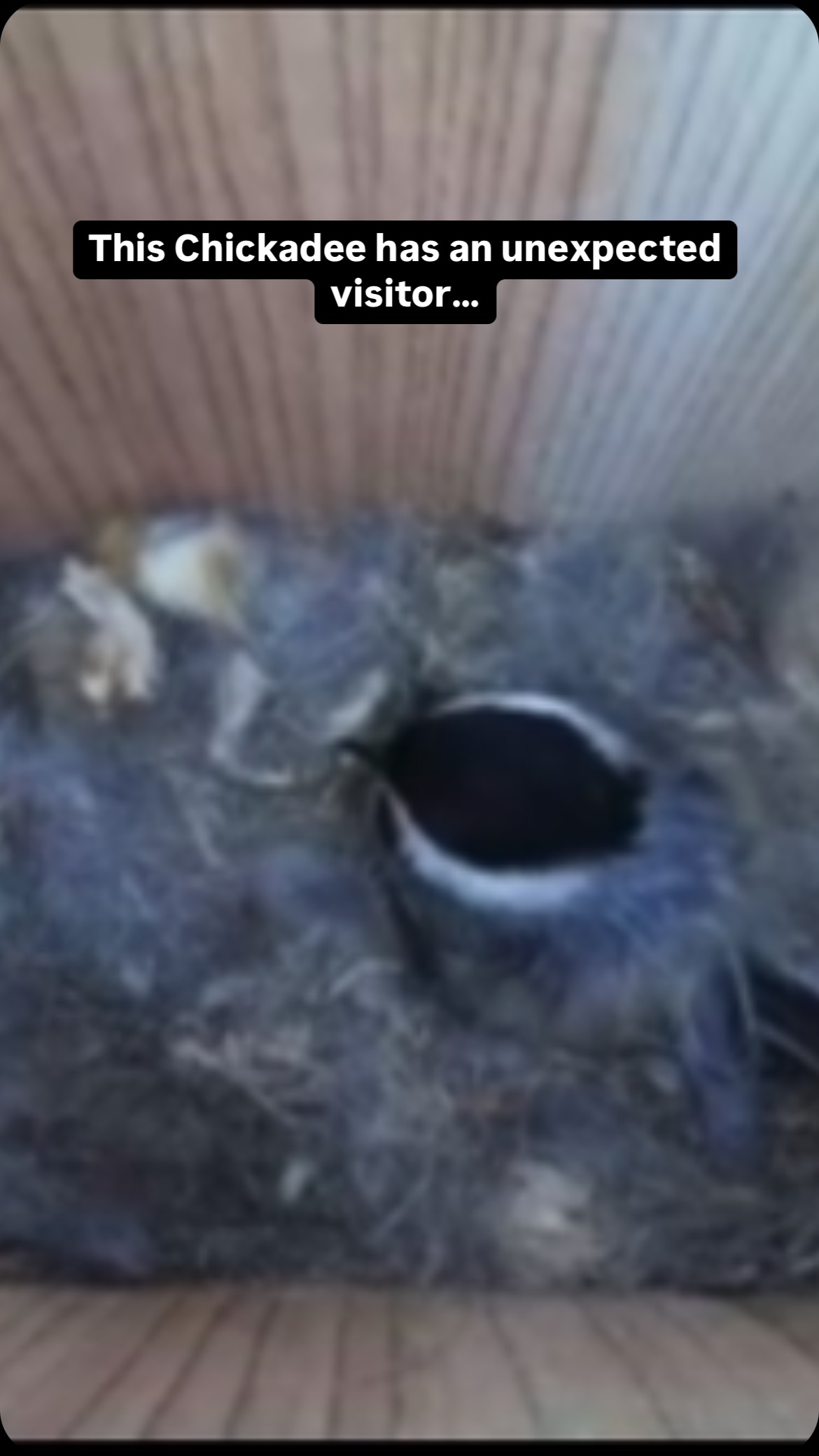- The impact of house sparrows on native species like chickadees
- Understanding the nesting behaviors of chickadees and house sparrows
- Effective strategies to deter house sparrows from nesting in inappropriate locations
- The significance of conservation efforts for North American songbirds
- The role of technology in wildlife observation and education
The presence of house sparrows (Passer domesticus) poses considerable challenges to native bird species. In particular, these aggressive intruders threaten the survival of vulnerable species like the black-capped chickadee (Poecile atricapillus). The recent footage captured by our nestcam highlights a particularly aggressive encounter between a house sparrow and a mother chickadee. This incident illustrates not only the struggles of native birds but also the spiraling impacts of invasive species on local ecosystems.
House sparrows are known for their harsh behaviors towards other birds, often interrupting nesting efforts and monopolizing resources essential for breeding. Their confrontational tactics can lead to physical altercations, exposing native birds to stress and potentially interrupting their reproductive success. The encroachment of house sparrows deeply affects community dynamics among various faunal species, showcasing the need for a greater understanding of interspecies interactions.
Chickadees exhibit fascinating nesting behaviors that are both intricate and vital for their survival. They typically select tree cavities or man-made birdhouses as nesting sites, where they lay eggs and rear their young. The mother chickadee meticulously builds a nest from available materials, including moss, feathers, and plant fibers. This nurturing process underscores the importance of having a secure environment free from disturbances, especially during the vulnerable stages of incubation and early chick development.
The aggressive nature of the house sparrow can lead to detrimental outcomes for chickadees. These sparrows often find themselves competing for the same nesting sites, leading to direct confrontations that disrupt nesting activities. By understanding the behaviors and tactics employed by house sparrows, bird enthusiasts and conservationists can develop effective strategies to create a more hospitable environment for species like the chickadee.
To deter house sparrows from nesting where they shouldn’t, installing a hole reducer on nesting boxes proves effective. A hole reducer narrows the entry point to the nesting box, allowing smaller birds like chickadees to enter while keeping larger, more aggressive species out. This simple modification significantly increases the chances of successful nesting for native birds, creating safer habitats for their reproductive activities.
Conservation efforts targeting North American songbirds are crucial. With many species facing decline due to habitat loss and competition from invasive species, initiatives like BPZOO’s Saving Animals From Extinction plan aim to foster knowledge and action. This program emphasizes the importance of community engagement in monitoring and preserving native bird populations through innovative technology, such as nest cameras.
The usage of nest cameras serves not only as a monitoring tool but also as an educational resource. Observers can witness firsthand the interactions between species and understand their nesting behaviors. This knowledge is essential for fostering a culture of conservation and encouraging community involvement in wildlife protection initiatives. By sharing these insights through platforms like social media, awareness of both the threats and solutions can reach a wider audience.
Understanding the importance of native birds and their role in the ecosystem is vital for conservation efforts. Chickadees and various other songbirds contribute significantly to insect control and seed dispersal. Their presence indicates a healthy environment. Protecting these birds from invasive species like house sparrows is not just about preserving a single species but maintaining the overall balance of the ecosystem.
The house sparrow’s aggressive behavior serves as a reminder of the broader implications of introducing non-native species into various habitats. Their rapid population growth and adaptability to human-made environments empower them to thrive often at the expense of native species. This creates a ripple effect that jeopardizes biodiversity and can lead to altered food webs.
It is essential to recognize the broader context of these interactions in wildlife management. Policymakers and wildlife authorities must consider implementing measures to limit the impact of invasive species. This could include habitat restoration and promoting awareness of the potential risks associated with non-native species. Collaboration between researchers, conservationists, and the public can foster innovative solutions for protecting vulnerable bird populations.
Fostering a community-oriented approach to conservation allows individuals to play a role in monitoring local bird populations and providing suitable nesting environments for native species. In addition to hole reducers, other strategies include installing birdhouses designed specifically for smaller birds, planting native vegetation that provides food and shelter, and reducing pesticide use, which can harm both birds and their natural food sources.
As we observe the ever-evolving dynamic between chickadees and house sparrows, the takeaways extend beyond the immediate scenario. We are called to reflect on our role as stewards of these species and the urgent need for collective action. Engaging in the solutions discussed can lead to more sustainable habitats for all birds.
Listening to the outcomes shaped by our interactions with wildlife opens opportunities for growth in conservation practices. As the footage from the nest cam demonstrates, every encounter has significance. Keeping communities informed and engaged fosters a culture of preservation and respect for wildlife.
To sum up, the challenges faced by mother chickadees in the face of house sparrow aggression exemplify a broader interaction among species and highlight the necessity for responsible management practices. Deter non-native species through practical measures, engage the community in conservation, and promote education about the significance of local birds, ensuring the survival of species crucial to our ecosystems.
Regular updates from initiatives like the nest cam at BPZOO allow everyone to engage with the real-time activities of local bird populations. Such platforms do more than entertain; they educate and inspire action toward a more sustainable future for both urban and wild environments.
*****
Source Description
Close call for the Mother Chickadee!
Our nestcam captured a house sparrow giving a mother chickadee a rough time with aggressive and invasive behavior.
What can you do to prevent house sparrows from encroaching on other bird nesting boxes? Add a hole reducer that stops them from entering bird houses.
The nest box camera is part of BPZOO’s Saving Animals From Extinction North American Songbirds plan. Stay tuned for more updates on the nest cam!
.


